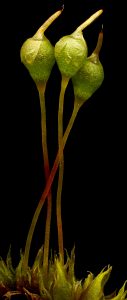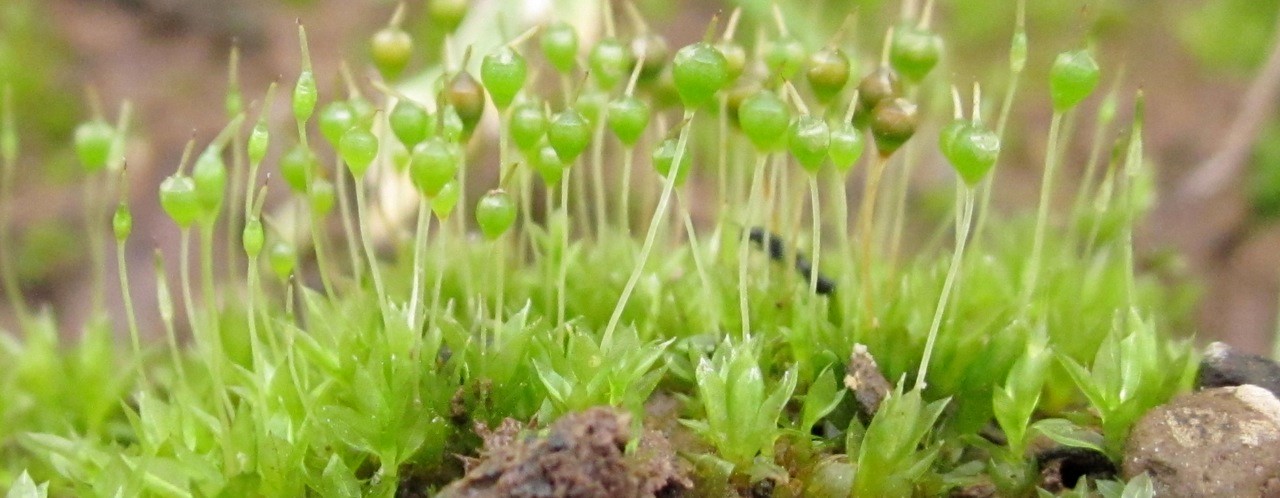Walk through the forest, every plant we see is the product of millennia of evolution, much of which occurred thanks to a process known as autopolyploidy.
Autopolyploidy, or duplication of its own genome, is the process by which an organism’s entire genetic code is copied.

Many plants, as well as animals including humans, carry two sets of matching chromosomes in each cell. Usually during sexual reproduction each parent transmits only one set. Sometimes, both sets are transferred to the offspring, which would then have twice the number of chromosomes and hence genes as its parents.
The genomes of most living organisms hold signatures of such events, which may act as critical catalysts for evolutionary change.
When this happened in ancient plants, it paved the way for greater evolutionary change; plants from the same species may not have been able to successfully breed with one another anymore if they did not have the same number of chromosome sets. Once this initial reproductive barrier is established, the autopolyploid populations will follow a new evolutionary trajectory, and potentially evolve into new species altogether.
However, how often such genome doubling occurs among populations is not known, and neither is the effect of the ability of such individual plants to successfully breed with other members of the same species.
Bernard Goffinet, a professor in the University of Connecticut’s Department of Ecology and Evolutionary Biology has received a grant from the National Science Foundation to study this phenomenon. The project is a collaboration between UConn, Texas Tech, and Augustana College with an award totaling more than $1.15 million.
Their research will use as a model system Physcomitrium pyriforme, a common type of “bladder moss” species in North America (including Connecticut) and Europe.
“Doubling the genome is a recurrent theme in the evolution of plants over the last 500 million years,” Goffinet says. “But how common it is today and what its immediate consequences are remains poorly explored.”
Goffinet will characterize the genome size of populations of Physcomitrium pyriforme throughout the plant’s geographic range. He will reconstruct the family tree of these populations to estimate the frequency of genome doubling and also its effect on the evolution of this species.
By artificially inducing ploidy shifts in the lab, Goffinet and his team will be able to identify features that indicate these genomic alterations. They will also be able to determine if wild and artificial polyploids are reproductively isolated.
He will also artificially manipulate genome size and test whether doubling reproductively isolates populations, thereby triggering a new evolutionary lineage. He expects to reveal that Physcomitrium pyriforme is actually not one but perhaps three or more species in North America, each defined by unique genome architectures.
This study would be the first to look at the distribution of evolutionarily derived characteristics due to ploidy changes and the rates at which these changes tend to occur in land plant species.
“The world of autopolyploids may be the last frontier for discovering novel plant diversity, including right here in our backyard,” says Goffinet.
Goffinet received his PhD from the University of Alberta in botany. He serves as an elected member of the Connecticut Academy of Science and Engineering. His research focuses on plant phylogeny and evolution.
This project is NSF Grant No.: 1753811



